HazCom Pictograms and Labels: A Complete Guide
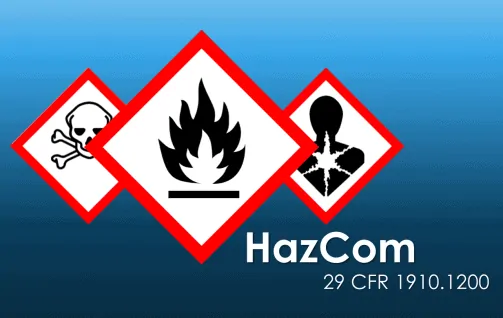
What Are HazCom Pictograms?
Under OSHA’s Hazard Communication Standard (HCS 1910.1200), which aligns with the Globally Harmonized System (GHS), pictograms are visual symbols used to communicate specific chemical hazards. These red diamond icons are required on labels and Safety Data Sheets (SDS) to alert workers quickly and clearly to the nature of the danger.
Understanding and correctly applying these pictograms is essential for compliance and worker protection in any facility using hazardous substances.
GHS Pictograms and Their Meanings
Exploding Bomb

- Indicates: Explosives, self-reactive substances, organic peroxides
- Example: TNT, benzoyl peroxide
Flame

- Indicates: Flammable gases, liquids, solids, aerosols; self-heating substances
- Example: Acetone, propane
Flame Over Circle
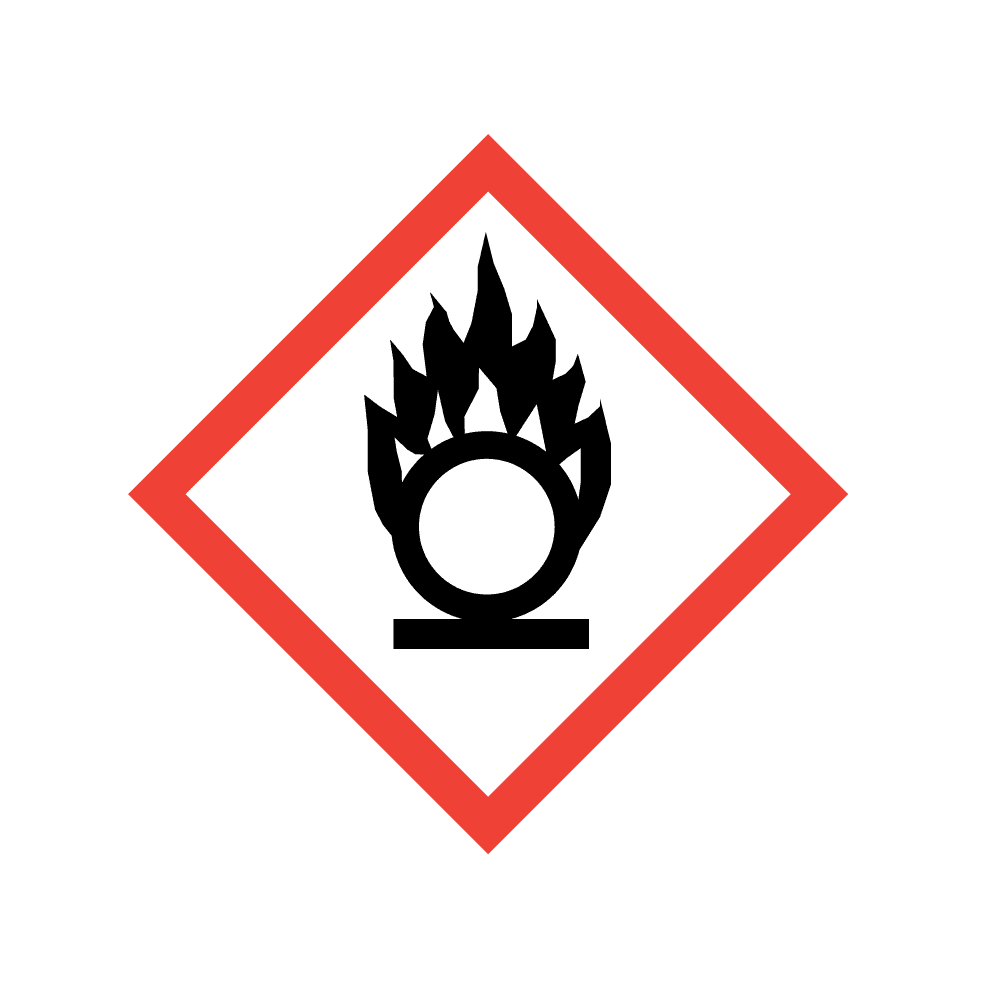
- Indicates: Oxidizers (liquids, solids, gases)
- Example: Hydrogen peroxide, potassium nitrate
Gas Cylinder
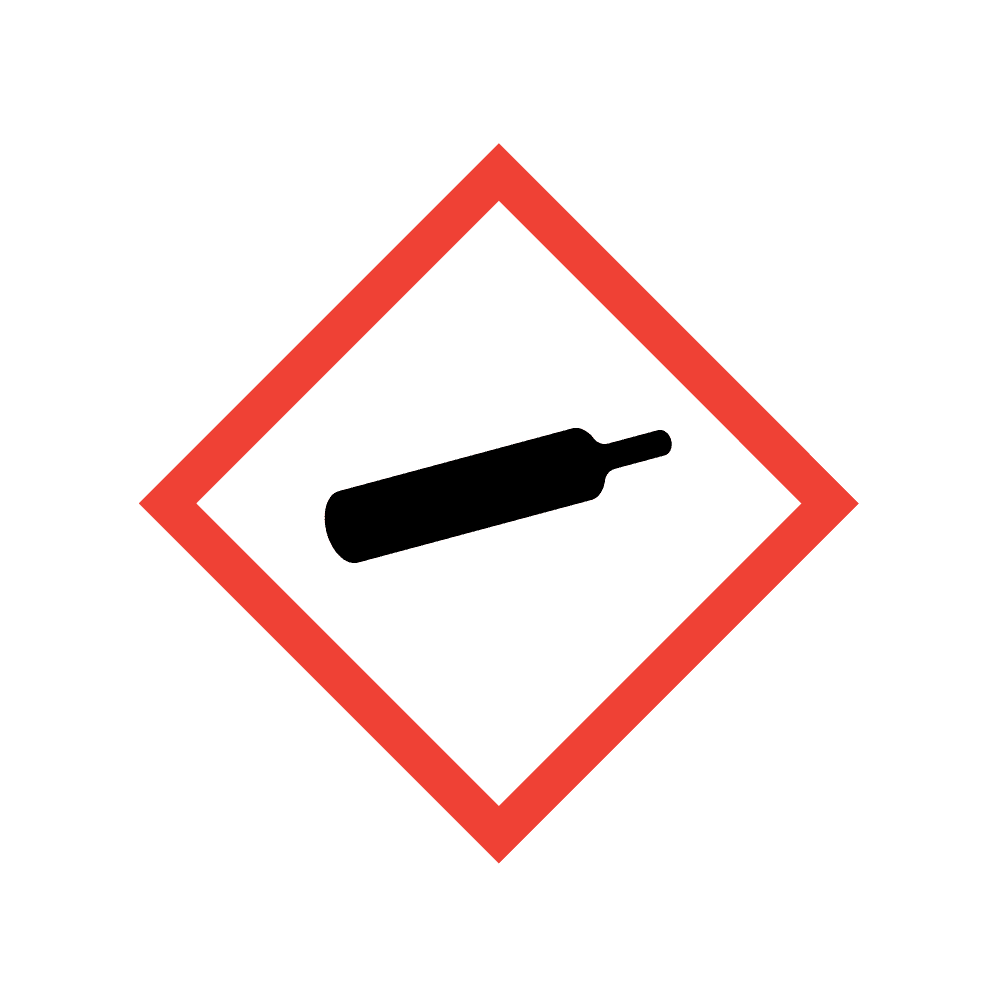
- Indicates: Gases under pressure
- Example: Oxygen, nitrogen
Corrosion
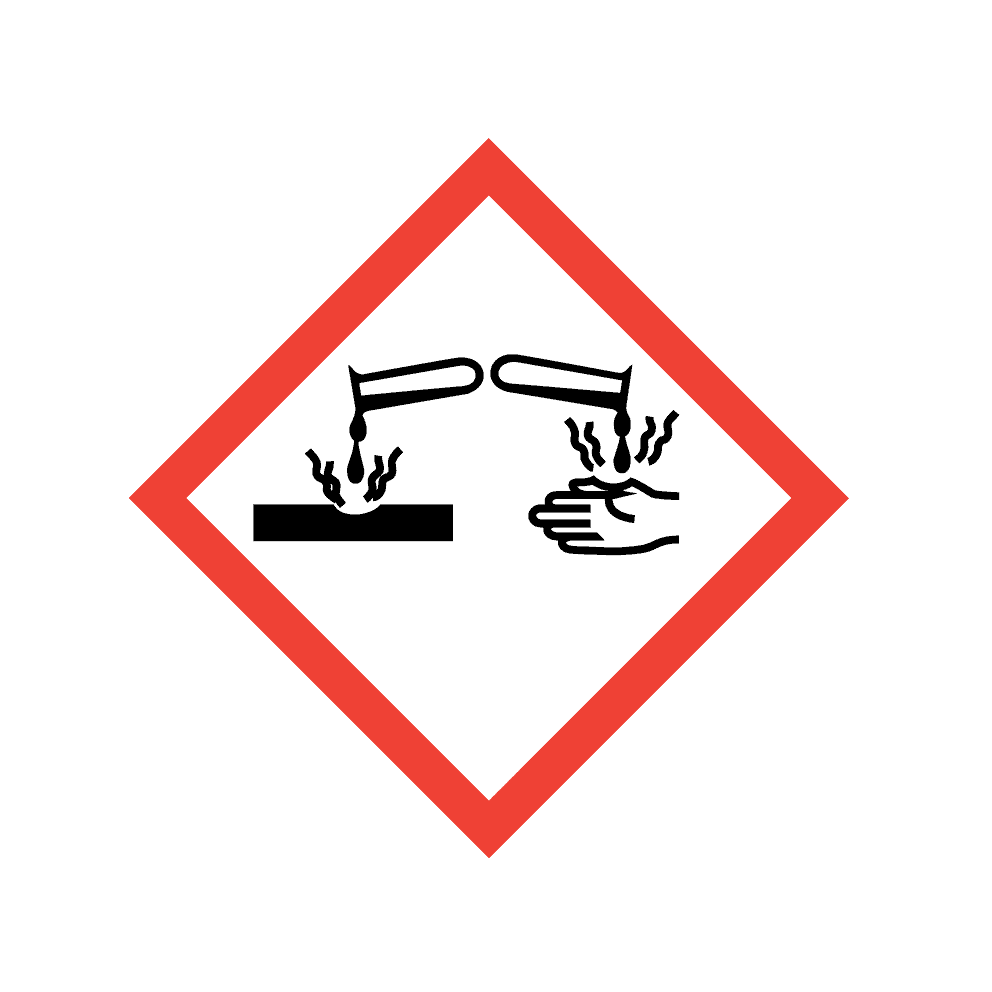
- Indicates: Skin corrosion/burns, eye damage, corrosive to metals
- Example: Hydrochloric acid, sodium hydroxide
Skull and Crossbones
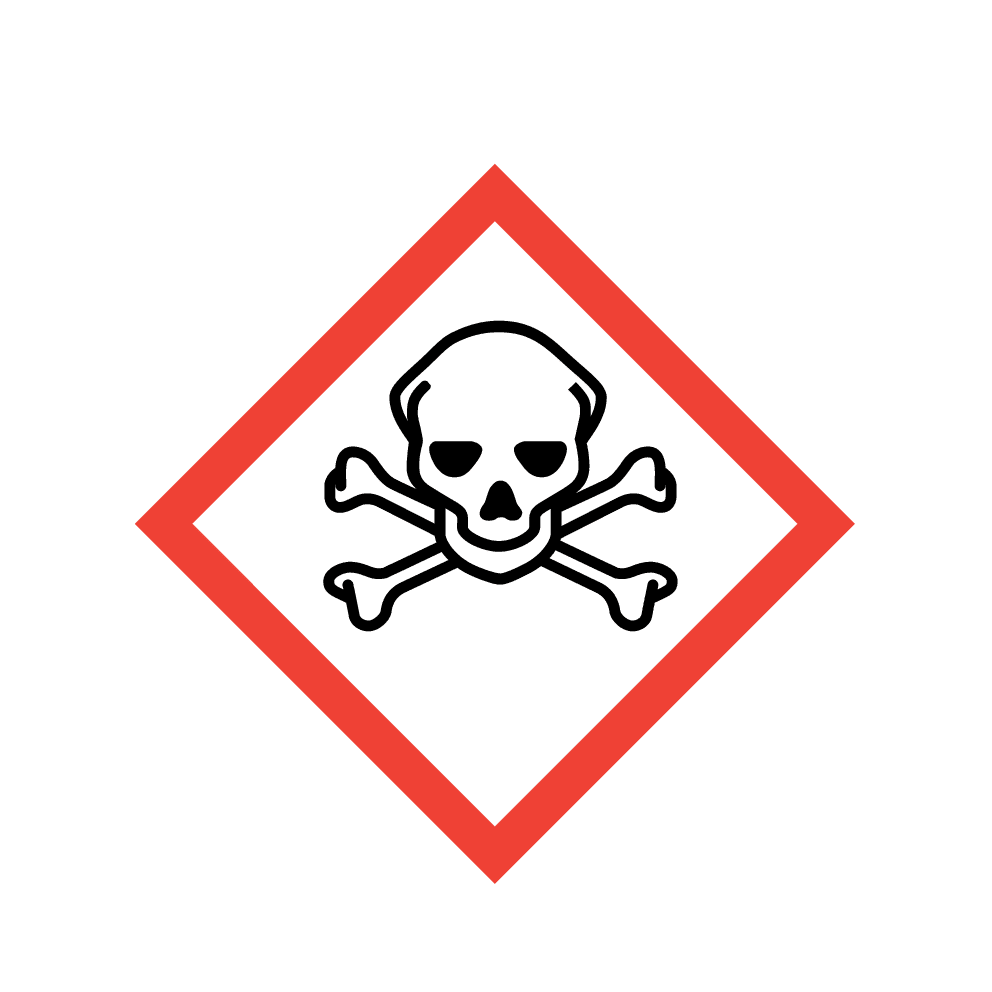
- Indicates: Acute toxicity (fatal or toxic)
- Example: Cyanide, arsenic
Exclamation Mark
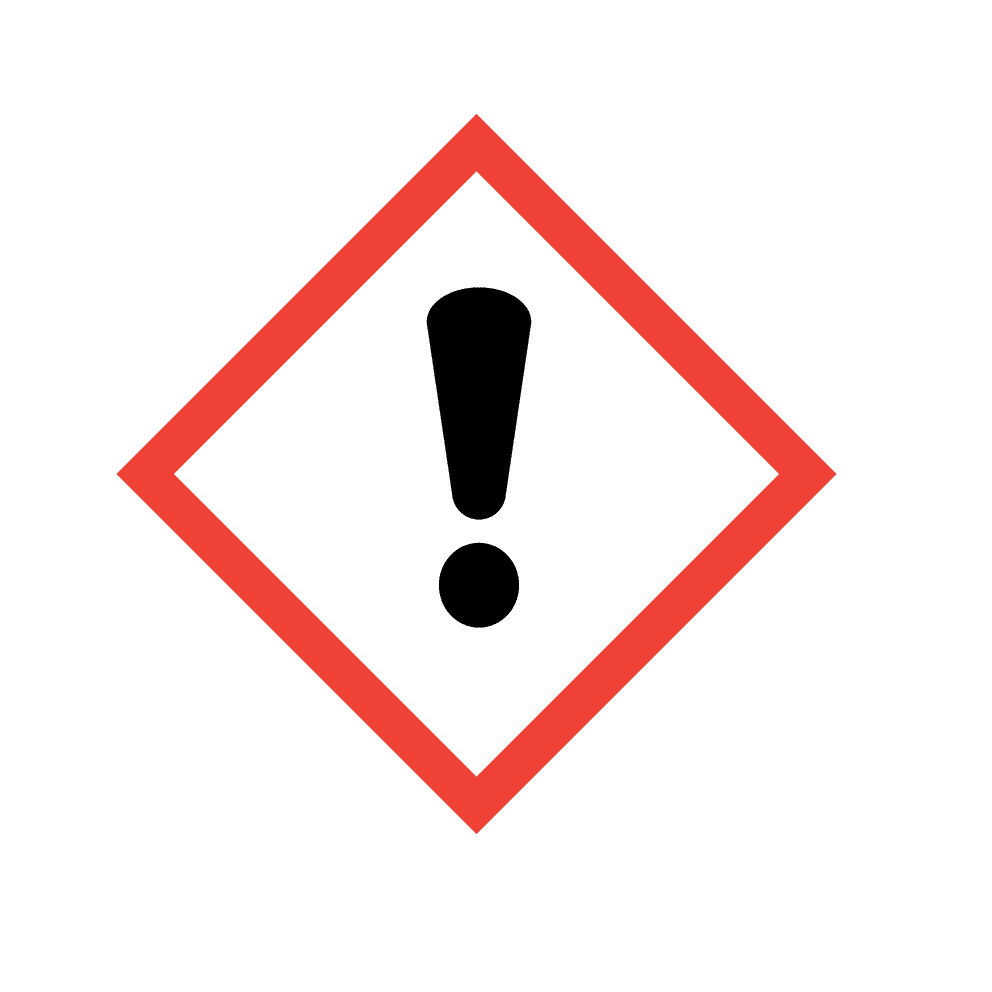
- Indicates: Irritation, sensitization, acute toxicity (less severe)
- Example: Ammonia, acetone
Health Hazard
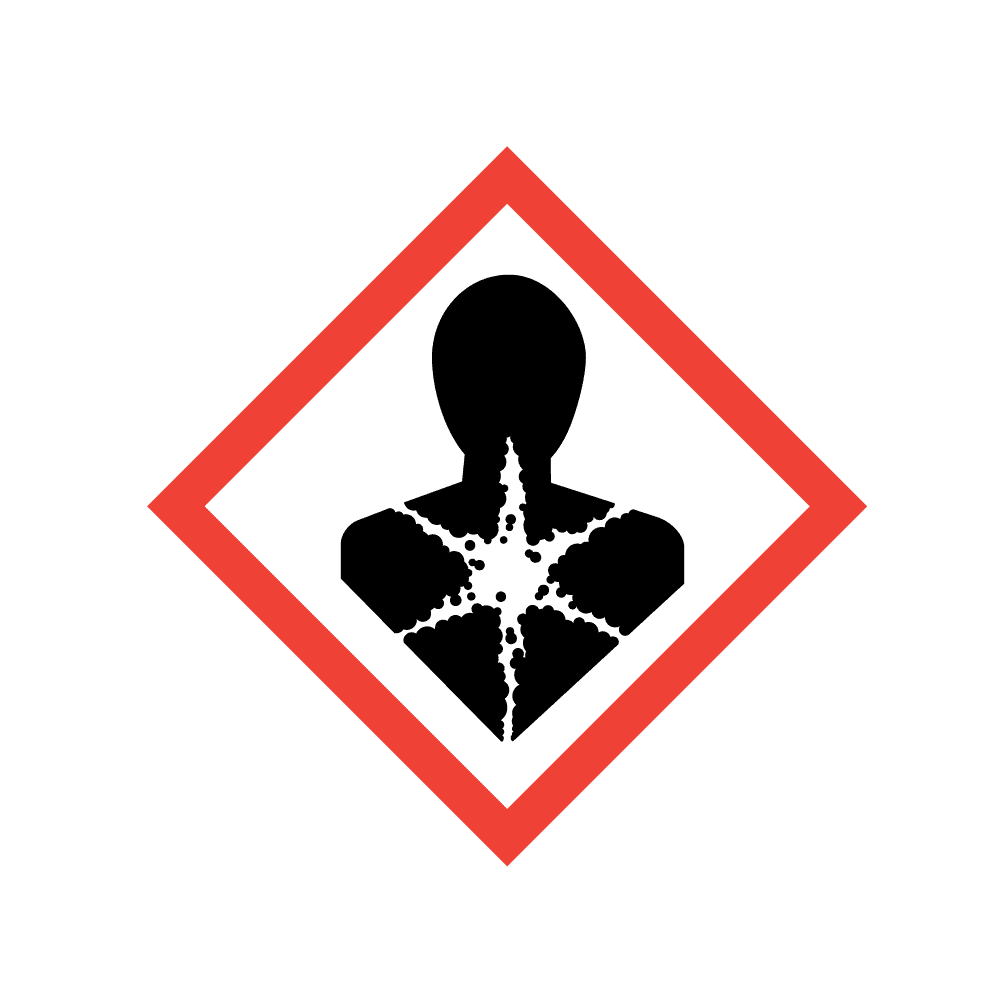
- Indicates: Carcinogenicity, respiratory sensitization, organ toxicity
- Example: Benzene, formaldehyde
Environment
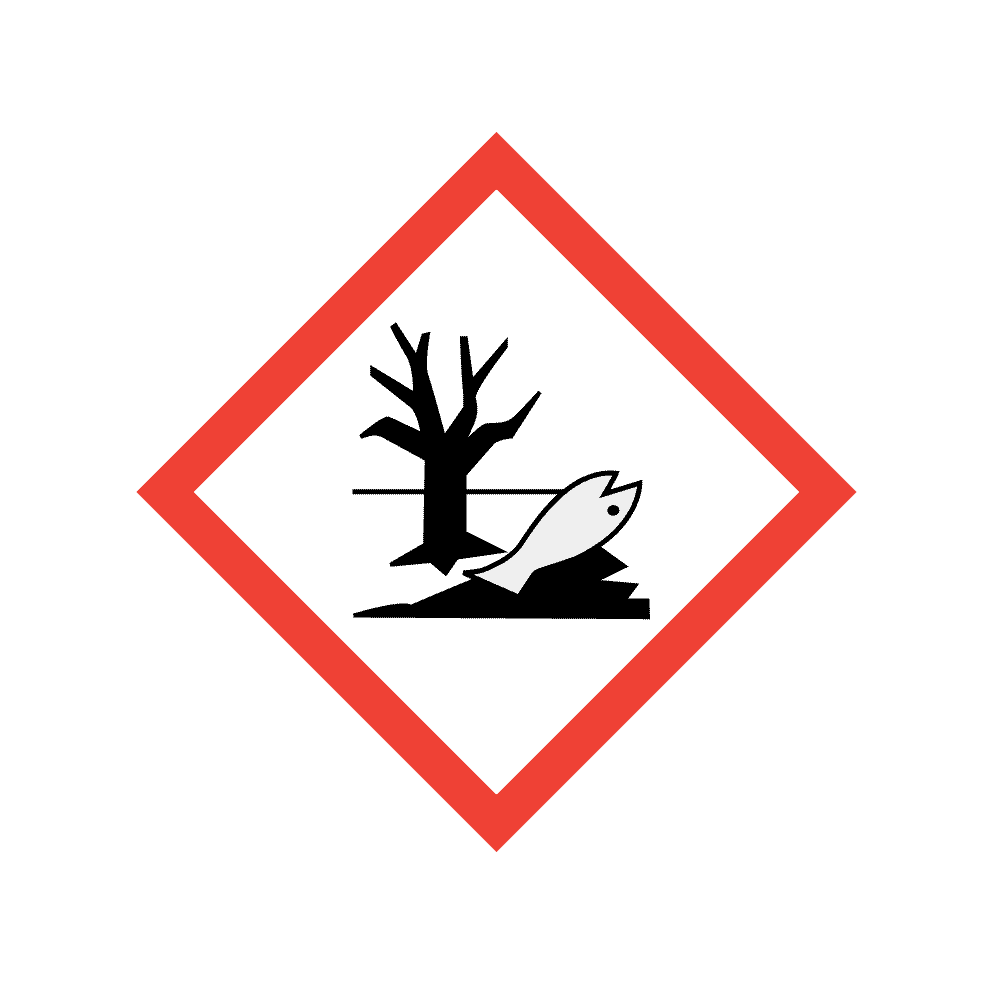
- Indicates: Aquatic toxicity (acute or chronic)
- Example: Mercury, nonylphenol
When Must These Pictograms Appear?
- Labels on shipped hazardous chemical containers
- Section 2 of Safety Data Sheets (SDS)
- Workplace container labels (if not exempt)
OSHA vs. DOT Labeling: What’s the Difference?
| OSHA (HazCom/GHS) | DOT (Transportation Placards) |
|---|---|
| Red diamond pictograms | Square placards with class numbers |
| Required in workplaces | Required in shipping |
| 29 CFR 1910.1200 | 49 CFR Parts 100–185 |
Note: DOT labels apply in transit; OSHA pictograms apply in the workplace.
Why GHS Pictograms Matter
- Compliance: Avoid OSHA citations
- Safety: Prevent injuries and exposure
- Training: Support employee awareness
Get Your Free GHS Pictogram Poster
Need a printable poster for your facility or training area?
Get Help With Your HazCom Program
KHA has helped safety teams manage chemical inventories and stay OSHA-compliant for decades.
- Unlimited access & cloud backup
- Mobile-friendly SDS tools
- Automatic GHS updates
FAQs: HazCom Pictograms
Do all chemicals require pictograms? Yes, unless specifically exempted by OSHA.
Is the environmental pictogram mandatory? No, but it is recommended for international shipments and general awareness.
What happens if I mislabel a chemical? OSHA fines, employee injuries, and regulatory delays may result.
